-
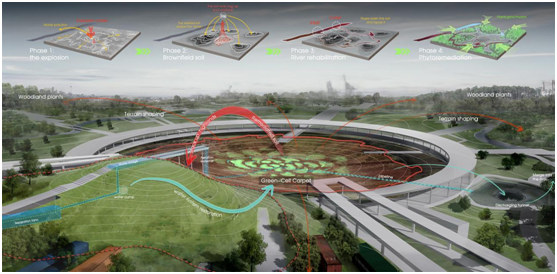
【Exploring Tianjin】Tianjin University architecture students win design award
exploringtianjin.comUpdated:2022-11-10A group of architecture students from Tianjin University has proved that today’s architects not only design houses, but are also concerned with ecology conservation and restoration. Their design work focusing on bioremediation of a contaminated port area caused by explosion won the 2022 Student Award of ASLA (American Society of Landscape Architects), be...
-
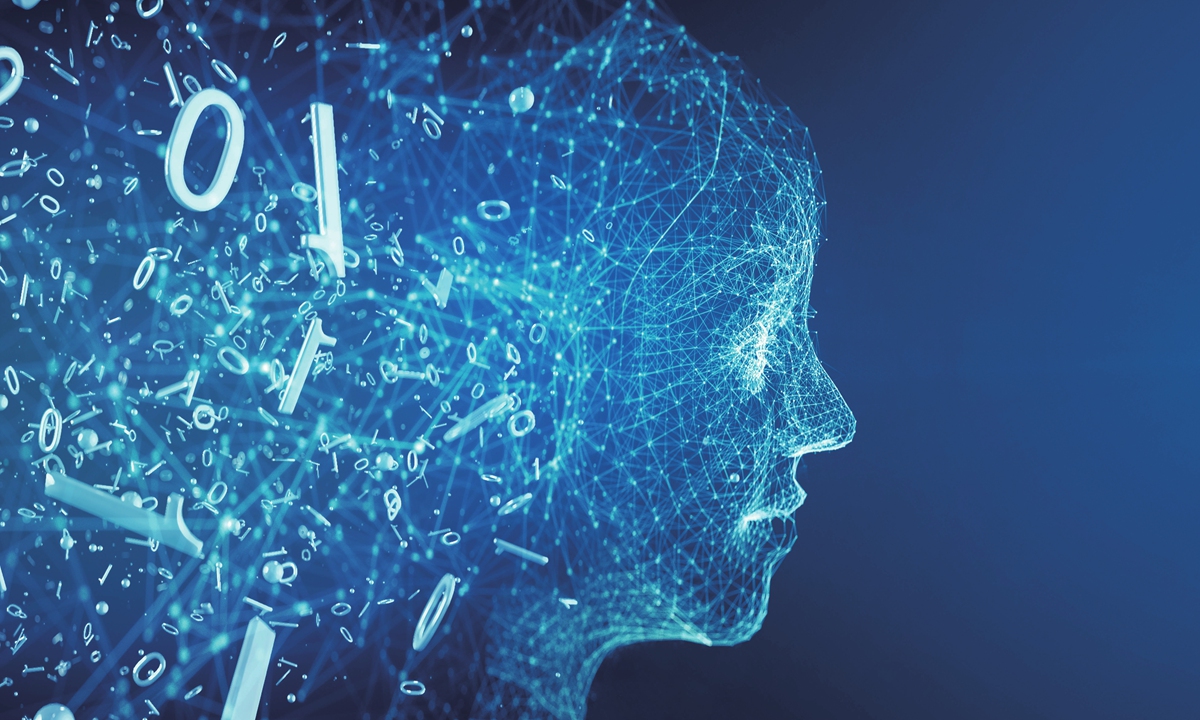
【Global Times】Chinese companies ramp up for emerging BCI technology, ready for larger market
By Chu DayePublished: Nov 28, 2022 10:27 PMPhoto: VCGChina's brain-computer interfaces (BCI) development has gained marked progress, according to an industry insider, as domestic firms continue to churn out products and services in the emerging field that could be worth of trillions of dollars over coming decades.BCI is a relatively novel term and most of the people probably learned about it fr...
-
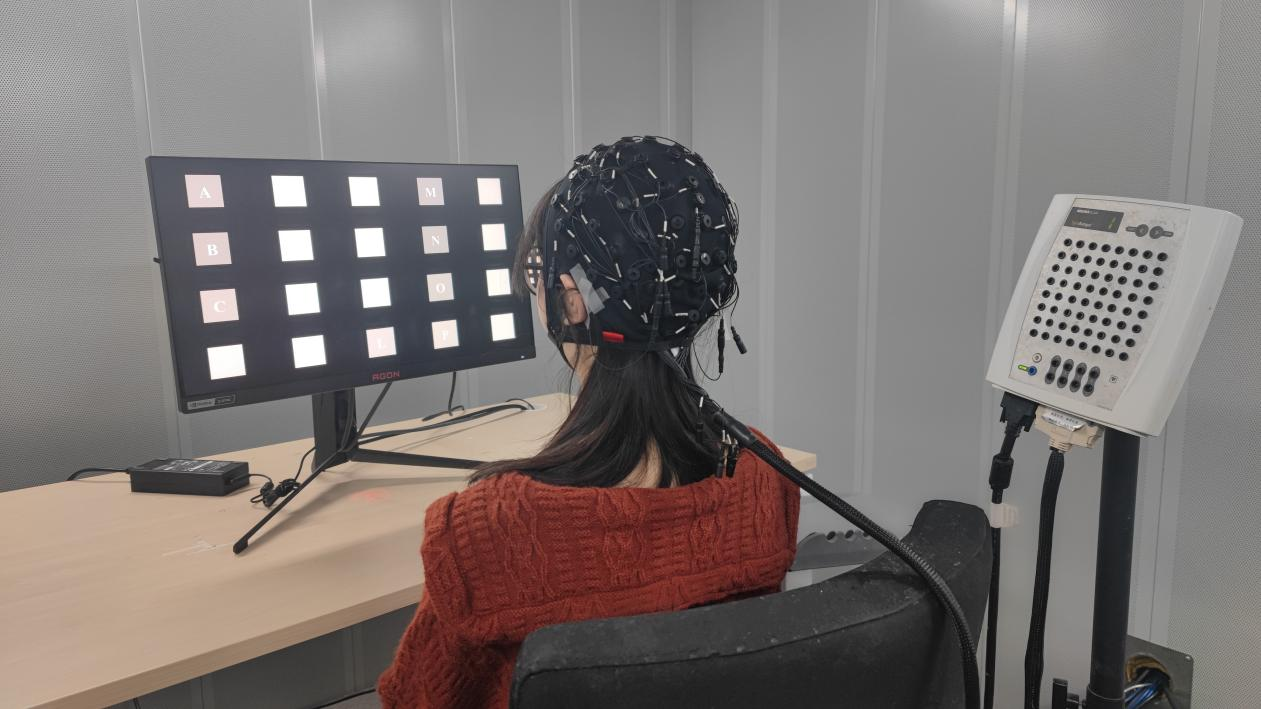
【Science and Technology Daily】China Offers Its First Open Source Software Platform for BCI
Source: Science and Technology Daily | 2022-12-01 10:03:21 | Author: Dong YuexinThe MetaBCI platform in use for the BCI experiment of steady-state visual evoked potentials. (COURTESY PHOTO) By Dong YuexinThe first Open Source Software Platform for Brain Computer Interface (BCI) study was officially released by China on November 19, providing one-stop information processing support for resea...
-
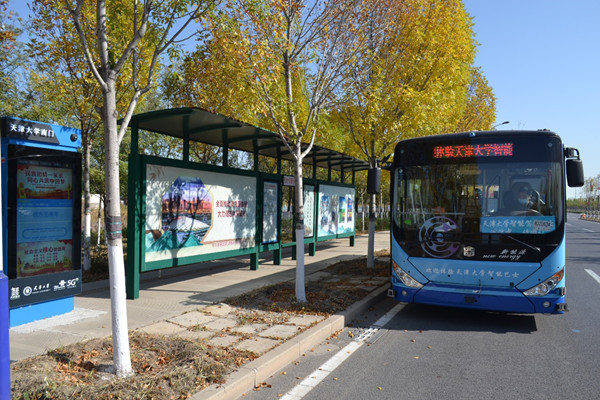
【China Daily】Tianjin University's intelligent connected buses start road test
On Nov 1, three intelligent buses developed by the Interdisciplinary Research Center for Unmanned Vehicles of Tianjin University started open road testing on intelligent connected roads in Tianjin Haihe Education Park.The buses were officially licensed on Oct 31, making Tianjin University the first to obtain both licenses for open-road testing and licenses for vehicles to have road tests among ...
-
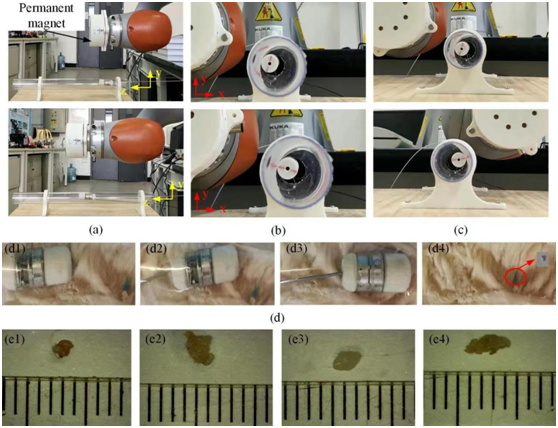
【China Daily】Chinese scientists develop novel biopsy capsule robot to replace colonoscopy
exploringtianjin.comUpdated:2022-09-29Movement performance test of the new biopsy capsule robot developed at Tianjin University and biopsy samplings Chinese scientists have developed the capsule robot (CR) — a new strategy for biopsy sampling that is expected to replace colonoscopy.The team of researchers, led by Song Zhibin from Tianjin University, has developed a novel biopsy sampling str...
-
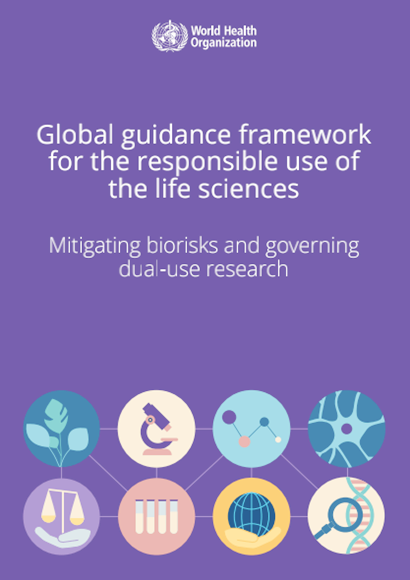
【China Daily】WHO Deems Tianjin Biosecurity Guidelines High-level Principle
WHO released the Global Guidance Framework for the Responsible Use of the Life Sciences(Framework) and defined Tianjin Biosecurity Guidelines for Codes of Conduct for Scientists (Tianjin Guidelines) as high-level principle.The Framework is the first global, technical and normative framework for mitigating biorisks and governing dual-use research. It aims to provide values and principles, tools ...

